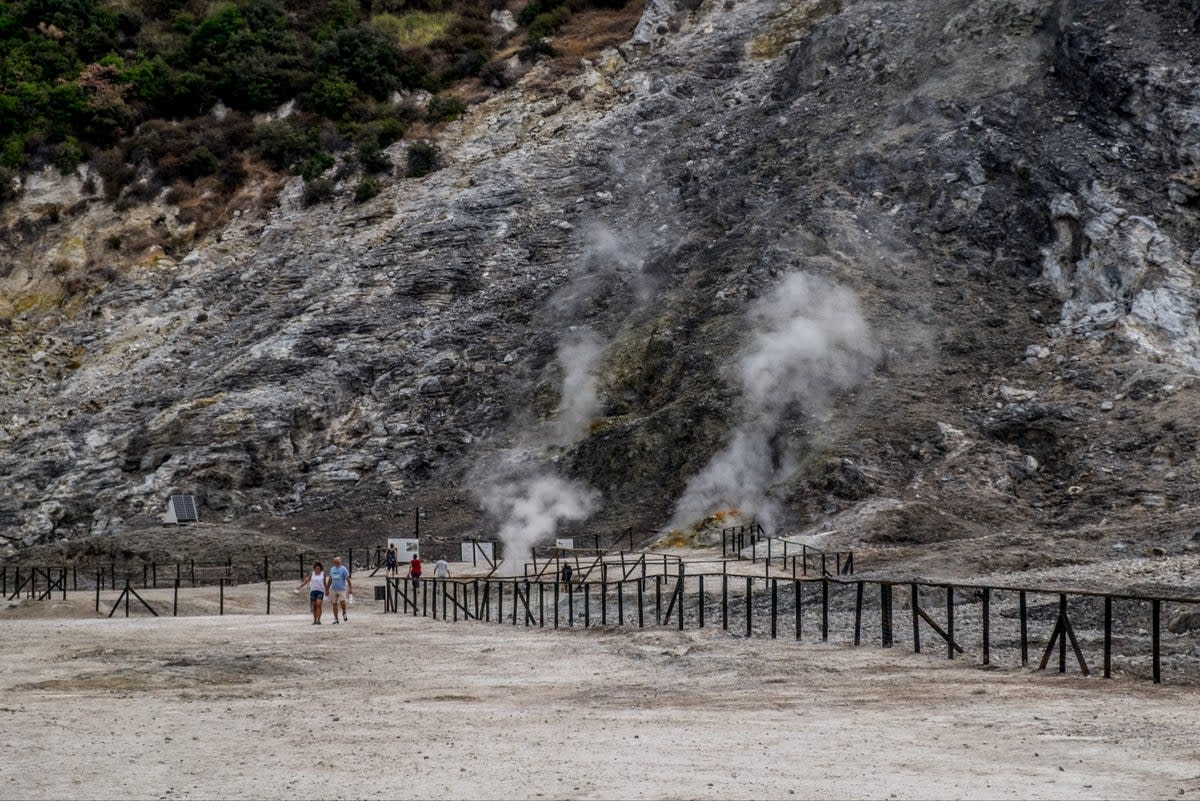Campi Flegrei: Volcanic crater near Naples hit with strongest earthquake in decades

The strongest earthquake to hit Italy’s Campi Flegrei supervolcano region in decades struck on Monday evening.
The 4.4 magnitude earthquake caused mild damage in the nearby town of Pozzuoli and as far away as the city of Naples, Italian authorities said.
The quake, which occurred at a depth of three kilometres, was part of an ongoing “seismic storm” which has seen more than a dozen events over 2.0 magnitude in recent days.
The 4.4 tremblor at 8.10pm local time came just an hour after a 3.5 earthquake an hour earlier, the National Institute of Geophysics and Volcanology (INGV) said.
The agency recorded more than 1,000 earthquakes in the area in April 2024, but most had a magnitude of less than 1.0, meaning they were extremely mild.
The constellation of ancient volcanic craters sits across the bay of Naples from Pompeii, where thousands were incinerated by Mount Vesuvius in 79 AD.
However, it is a much bigger volcano than Vesuvius and if it ever exploded at full force could kill hundreds of thousands. Some half a million people live in the immediate region around Campi Flegrei.
The last major eruption of the supervolcano was in 1538.
The Campi Flegrei caldera has a diameter of about 12-15 km (7.5-9.3 miles) and last erupted in 1538.
One of its biggest eruptions took place some 39,000 years ago and might have led to the extinction of Neanderthal man, researchers believe.
The INGV has noted an increase of seismic activity since 2022, with Giuseppe De Natale, the former head of the Vesuvius observatory at INGV previously warning of the need for evacuation plans.
The Italian Civil Protection agency said it has been working to update evacuation plans in the event of a major disaster.


